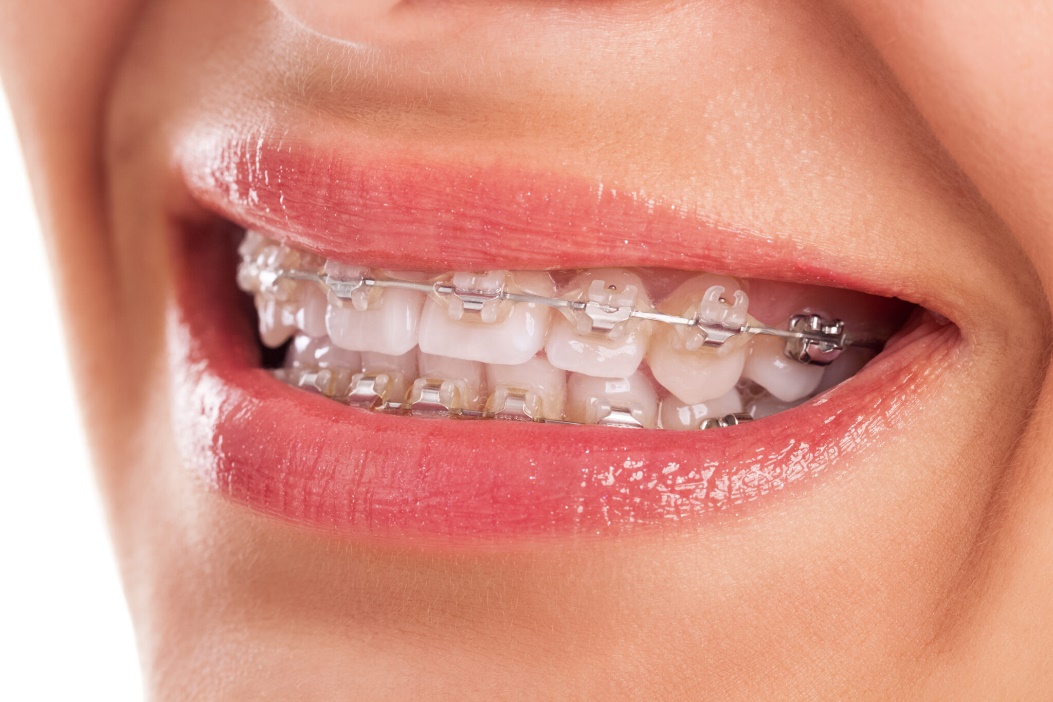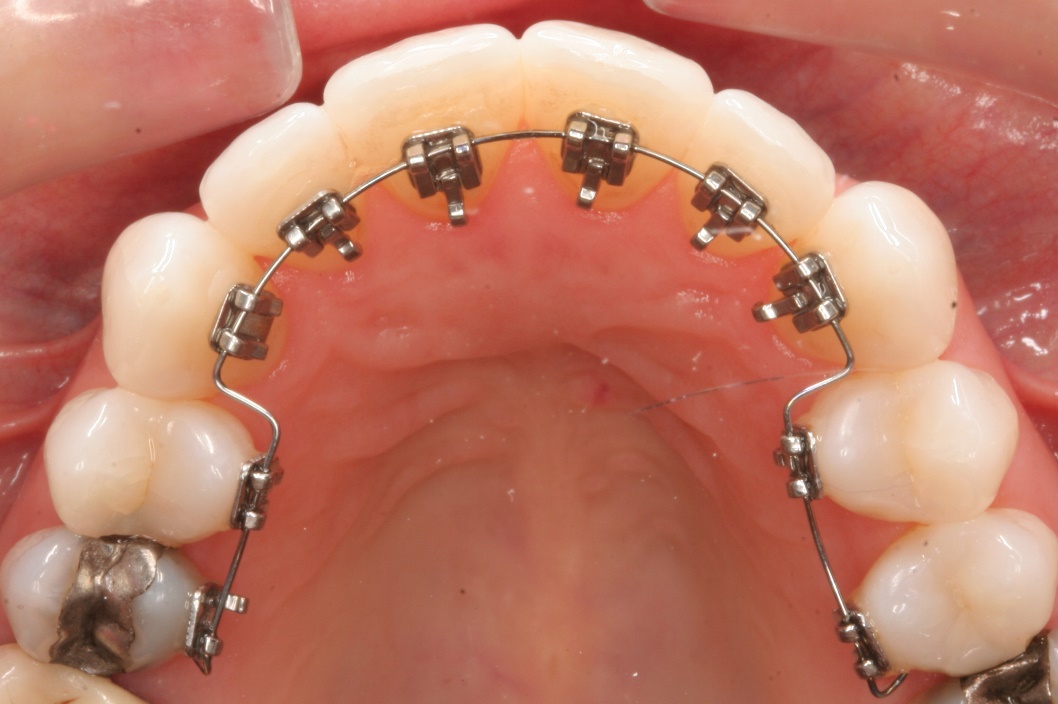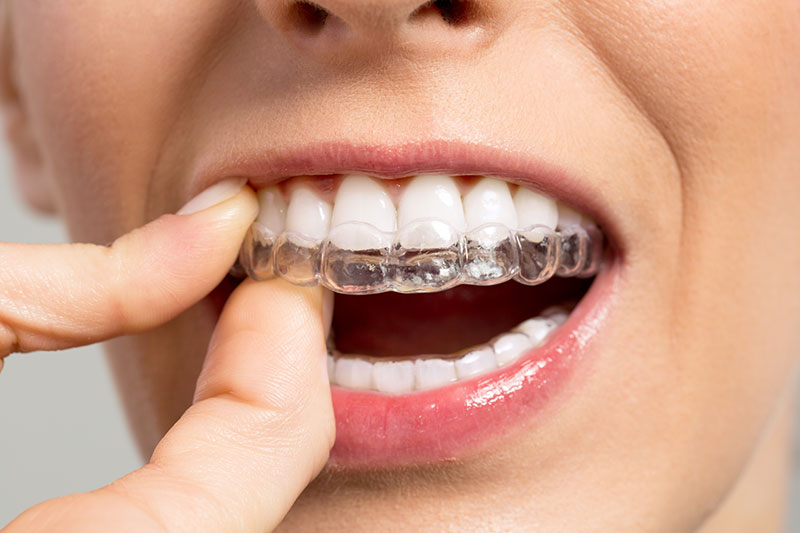What are dental Braces?
Dental braces are devices used in orthodontics that align and straighten teeth and help position them concerning a person’s bite, while also aiming to improve dental health. Braces also fix gaps. They are often used to correct under bites, as well as malocclusions, overbites, open bites, deep bites, cross bites, crooked teeth, and various other flaws of the teeth and jaw. Braces can be either cosmetic or structural. Dental braces are often used in conjunction with other orthodontic appliances to help widen the palate or jaws and to otherwise assist in shaping the teeth and jaws.
Different types of braces available?




What is the procedure for dental braces?
- Initial consultation appointment: The initial consultation is important, as this is the time when the patient and the dental professional will discuss all of the patient’s options. The dental professional will perform an oral examination to determine the type of oral problems that need to be addressed. They will also take a mold of the patient’s mouth. Once a braces choice is made, they can then be attached.
- Attaching the braces: Attaching the brackets, which are held in place on the teeth using a special dental glue, is the first step. The wire is then run through the brackets, which may be shaped in a particular way to ensure that the teeth are moving in the correct direction. For dental patients who have been diagnosed with bite problems, rubber bands are also attached to the braces to place more pressure on certain areas of the jaw and/or teeth.
- Adjustments: The braces require periodic adjustments from a dental professional to work. Dental patients need to make it to all of their adjustment appointments. There must be constant pressure placed on the teeth for the braces to work, making adhering to an adjustment schedule an extremely important part of the process.
- Retainers: Once the braces have done their job and are removed from the patient’s mouth, the patient must wear a retainer to ensure that the teeth do not move out of their new and correct positions. The time required to wear a retainer varies from patient to patient, with an average amount of time being 12 months.
What is the cost of the treatment?
Braces treatment depends on the alignment of all teeth in the mouth and then the cost of treatment will be based on these things; depending on the material it will cost from 25k to 1lac.
Our goal is to treat all the patients irrespective of patient’s financial capacity.

